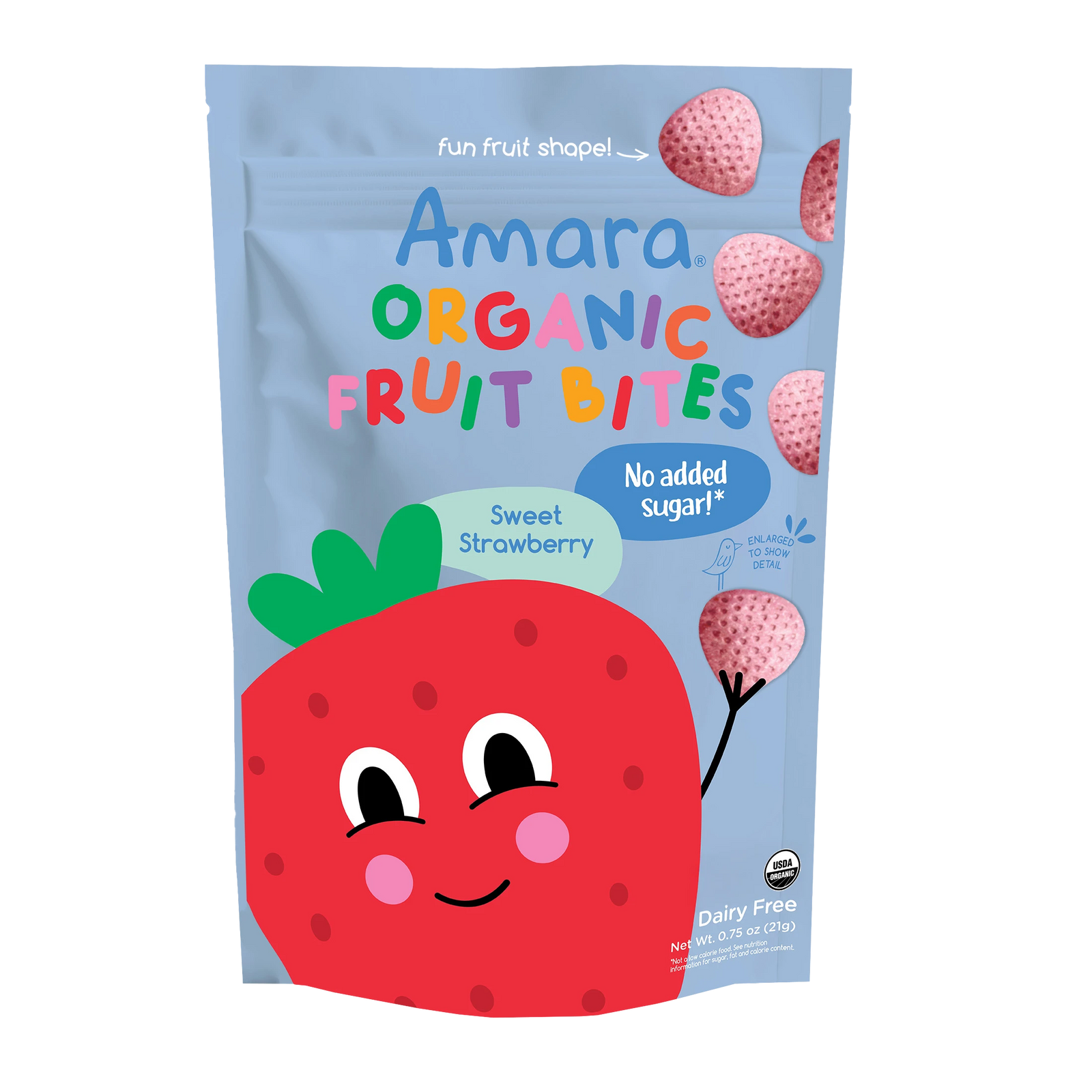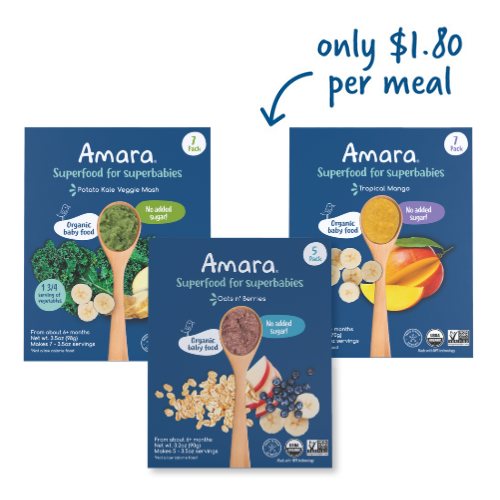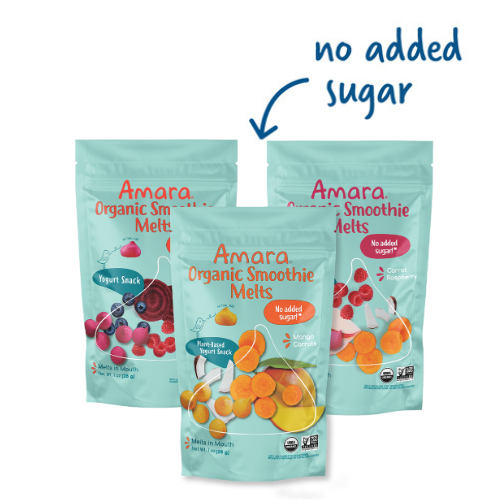
What a Baby’s Diaper Can Tell You
- What to expect by age (output, look, smell)
- Signs something might be wrong (blood, constipation)
- Unusual findings (undigested foods, colors)
It’s amazing how quickly poop becomes a common topic of conversation when you are a new parent (seriously, put two new moms in a room andsee if poop/diapers don’t come up…). I’d tell you that it’s just a phase, but honestly… you’ll be talking about your kids’ poop for years to come.
Welcome to the club.(Isn’t parenthood glamorous?)
The truth is — the average parent will change some 2200 diapers (holy smokes!) in the first year alone. That’sa lot, so we’re all bound to have questions. Though there are a few instances in which you’d want to reach out to your pediatrician, doctors stress that when it comes to babies and poop,there is a huge range of “normal.”
We put together this quick, straightforward guide to answer all of your questions about what to expect from your baby’s diaper.
From newborn to ~6months:
A baby’s first bowel movement(s) after birth are black, thick, and tar-like. It’s called meconium, and can be very sticky and therefore difficult to clean off a newborn’s gentle skin. Don’t be surprised if it takes a while (and a lot of wipes).
If your baby experiences black poop anytime after 3 days of age, call your doctor.
Once babies begin to take in breast milk and/or formula, their poop can come in many different shades. (No joke, doctors actually talk about the rainbow here…)
Generally speaking, breastfed babies tend to have yellowish/greenish bowel movements that often appear seedy (mustard is a frequently referenced resemblance) and are quite loose/liquidy.
In comparison, formula fed babies usually have more yellow/tan bowel movements that are slightly more firm but still not solid (the Cleveland Clinic likens the consistency to nut butter or hummus).
Doctors note that a broad range of consistency is fine: soft, runny, seedy, and pasty poops are all completely normal.
Much like color, there is a wide range of “normal” frequency for poopy diapers among infants. Breastfed infants typically poop more often than formula fed infants, but there is no one set range for either group. In the early days after birth, many breastfed babies poop A LOT (like, 10-12 times daily), while formula fed babies may have only 2-3 poops daily.
Over the coming weeks and months, you’ll begin to notice your own baby’s “normal” once you’ve settled into your feeding routines. Some babies poop at every single feeding, while others may only poop once every few days (or even less often). There’s no right or wrong as long as your baby is indeed pooping.
A tip: Some newborns poop in rapid succession, so you may want to wait a few minutes between diaper changes.
6+ months:
Once you’ve started solids and your baby begins eating complementary foods, you can expect to see changes in their diapers. You may see new and different colors, shifts in texture/consistency, and fluctuations in the frequency of your child’s bowels movements as their body works to make the adjustment to solid foods.
Once again, there is no normal!
There are a couple of things to watch out for, and three warning signals that, if you see, you should call your doctor.
First: many, many babies experience constipation when they start consuming solid foods — it’s a big adjustment! Constipation may present as your baby struggling to poop or producing small, hard, pebble-like poop — if you’re concerned, take a peek at our full rundown onbaby constipation signs and remedies.
Pediatricians say that if you see any of the following to call your doctor:
- Red/bloody stool
- Black stool (after meconium)
- White or chalky-colored stool (could be a sign of a liver problem)
- Diarrhea (extremely loose or watery stool)
- Extreme constipation (this is subjective, and where it’s helpful to know what’s normal for your child)
One of the best ways to help make the transition to solid foods more smooth and gentle on the digestive system is to offer your baby a wide variety of nourishing, nutrient-dense foods. All ofAmara’s organic baby foods are produced using a nutrient-pressed technology that locks in all the good stuff (micronutrients, fiber, tastes, and textures) and steers clear of additives and sugar. For babies making the transition to solids, our fiber-rich blends are a perfect way to both prevent and soothe tummy troubles — check out ourpumpkin & pear,oats ‘n’ berries, andbanana blends. We promise you and your baby will see, smell, and taste the difference!
In the meantime, just think, only a couple thousand more diaper changes to go… and then it’s time to start thinking about potty training, yay. Have fun!!







Understanding your baby’s bowel movements can be helpful in monitoring their health and development. In the first few days of life, newborns typically have meconium stools, which are dark and sticky. As their digestive system matures, their stools will become softer and more regular. Breastfed babies may have frequent, mustard-colored stools, while formula-fed babies may have firmer, brown stools. Changes in stool color or frequency may indicate a problem, such as a food intolerance or infection. Consulting with a pediatrician can help ensure that your baby’s bowel movements are normal and healthy.
– Honey November 07, 2023